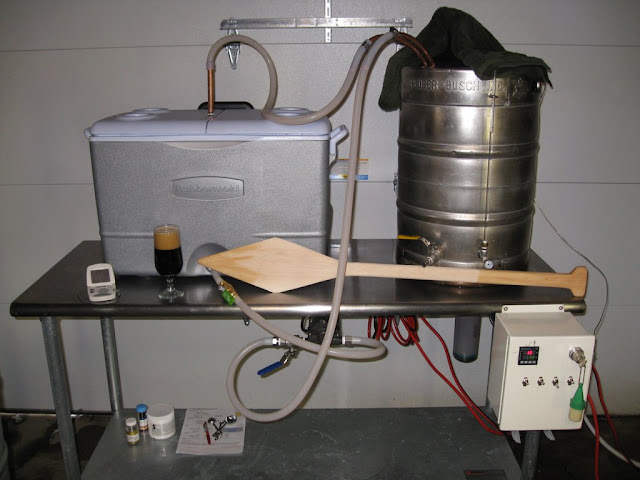Yes, with insulation it should be doable, but so is filtering all of your brew water with a Brita pitcher - for over a year i filtered all of my brewing water with a faucet mount filter, it sucked but it did the trick. Upgrading to a whole house water filter in my brewery was like trading in a Deawoo for a Porsche. That being said, it'll get the job done but its going to take some extra time. You will have some extra time on the front-end of your brew day, if you are alright with that then go for it-i'm by no means trying to discourage you. It'll probably take about 1h15m to get your initial volume of water to temp with insulation. From there it shouldn't be a problem heating the remainder of your sparge water in that 1h time frame.
2000W is really the biggest element you should be running on a 20A circuit. If that does not get you the performance you want you can certainly run 2 elements with 1 temperature controller but you'd need to make sure the two elements are on separate circuits(2 different breakers). My first thought would be having either 3 SSRs or contacters (depending on your deadband setting), one(actuated by your temp controller) to trigger the other two, which would supply power from two different 20A breakers, but there is probably a more straight forward method in doing this(i'm not an EE).
I can say from experience, with decent insulation heat loss will not be too much of a problem. I just finished up my HERMs hybrid system, with a 5500W element for mash and sparge water heating, and got within 30 seconds of my no-loss calculations in heating up mash water in a Coleman xtreme. About 95% eff, and thats with all of the liquid being recirculated at a rate of about 5gpm in about 8-9ft of santoprene tubing and a 1_1/2" dia stainless steel heat exchanger-if you intend on mounting your heating element in your aluminum pot your eff should be even higher.



